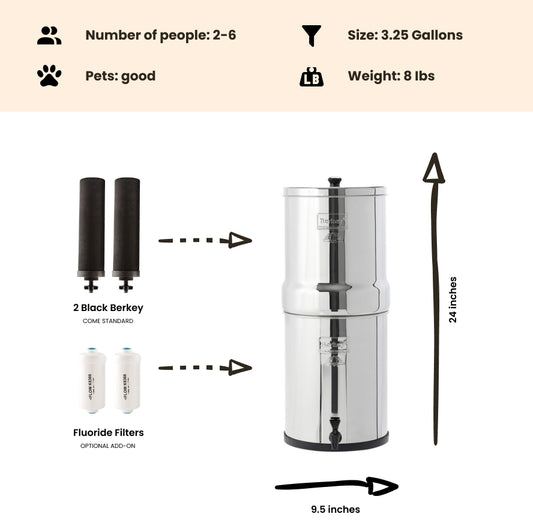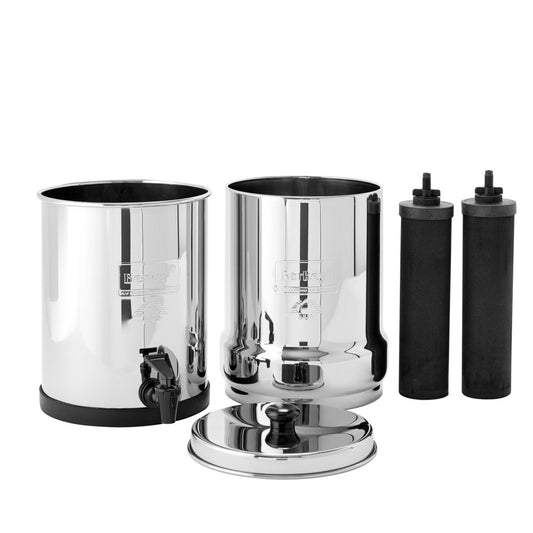
Study Finds 6,600 Fracking Spills in Just Four States
By Dan DeBaunShare
Every year between 2-16% of fracking wells spill hydraulic fracking fluids consisting of chemical-laden water, hydrocarbons, and other contaminants, a new study has found.
In a report that was recently published in the scientific journal, Environmental Science & Technology, the researchers identified 6,648 fracking spills across the states of Colorado, Pennsylvania, North Dakota and New Mexico over a ten year period. The report provides key insights into the volume and frequency of the spills, as well as what caused them. For the study, the research team analyzed state-level spill records, characterizing spills that were associated with 31,481 hydraulically fracked oil and gas wells in the above states over a ten year period from 2005 to 2014.
"State spill data holds great promise for risk identification and mitigation," said Lauren Patterson, policy associate at Duke University's Nicholas Institute for Environmental Policy Solutions and lead author of the study. "However, reporting requirements differ across states, requiring considerable effort to make the data usable for analysis."

This is a screengrab from the study's interactive map shows a decade's worth of spills of more than 5,000 gallons of pollutants from pipeline leaks at North Dakota hydraulic fracturing sites. Source: Science for Nature and People Partnership
According to the data, North Dakota experienced the most spills with 4,453 reported incidents, with 1,293 incidents reported for Pennsylvania, 476 for Colorado, and 426 for New Mexico respectively. The high number of incidents reported for North Dakota can in part be attributed to the more stringent reporting requirements for this state, which requires reporting of smaller spills (from 42 gallons) whereas New Mexico and Colorado only require spills of 210 gallons and over to be reported.
"As this form of energy production increases, state efforts to reduce spill risk could benefit from making data more uniform and accessible to better provide stakeholders with important information on where to target efforts for locating and preventing future spills," Patterson added.
The study's results are far higher than the 457 spills reported by the US Environmental Protection Agency (EPA) for a total of eight states from 2006 to 2012, as the EPA only reported spills that occurred during the actual fracking process, not taking spills that occurred during other stages of hydrofracturing operations into account.
"Understanding spills at all stages of well development is important because preparing for hydraulic fracturing requires the transport of more materials to and from well sites and storage of these materials on site," Patterson said. "Investigating all stages helps to shed further light on the spills that can occur at all types of wells -- not just unconventional ones."
According to the report, half of the spills occurred when fluids were being stored or moved through pipelines, as a result of pipe or valve failure. However, in some cases it was not possible to identify the reason for the spill, as not all states require this information to be recorded. In all four states, the initial three year period when drilling and hydrofracking operations — and consequently production rates — are highest, posed the greatest spill risk.
The report shows that a significant percentage of spills — between 26% (Colorado) and 53% (North Dakota) — occurred at wells that had previously experienced a spill, suggesting that sites that had previously experienced a spill may warrant closer attention. According to Kate Konschnik, Director of the Environmental Policy Initiative at Harvard Law School, analyses such as this are essential for defining and mitigating the risk posed to water sources and human health. It is critical that reporting criteria is regulated across states so that the correct data is available and accessible to both the industry and the states, as well as researchers in the scientific community.
Journal Reference L. Patterson, K. Konschnik, H. Wiseman, et. al. 2017. "Unconventional Oil and Gas Spills: Risks, Mitigation Priorities and States Reporting Requirements" Environmental Science & Technology: DOI: 10.1021/acs.est.05749.
-
Regular price $234.00 USDRegular priceUnit price / per
-
Regular price $327.00 USDRegular priceUnit price / per
-
Regular price From $367.00 USDRegular priceUnit price / per
-
Regular price From $408.00 USDRegular priceUnit price / per
-
Regular price From $451.00 USDRegular priceUnit price / per
-
Regular price From $478.00 USDRegular priceUnit price / per
-
Regular price $332.50 USDRegular priceUnit price / per
$350.00 USDSale price $332.50 USDSale

Dan DeBaun is the owner and operator of Big Berkey Water Filters. Prior to Berkey, Dan was an asset manager for a major telecommunications company. He graduated from Rutgers with an undergraduate degree in industrial engineering, followed by an MBA in finance from Rutgers as well. Dan enjoys biohacking, exercising, meditation, beach life, and spending time with family and friends.
~ The Owner of Big Berkey Water Filters
















